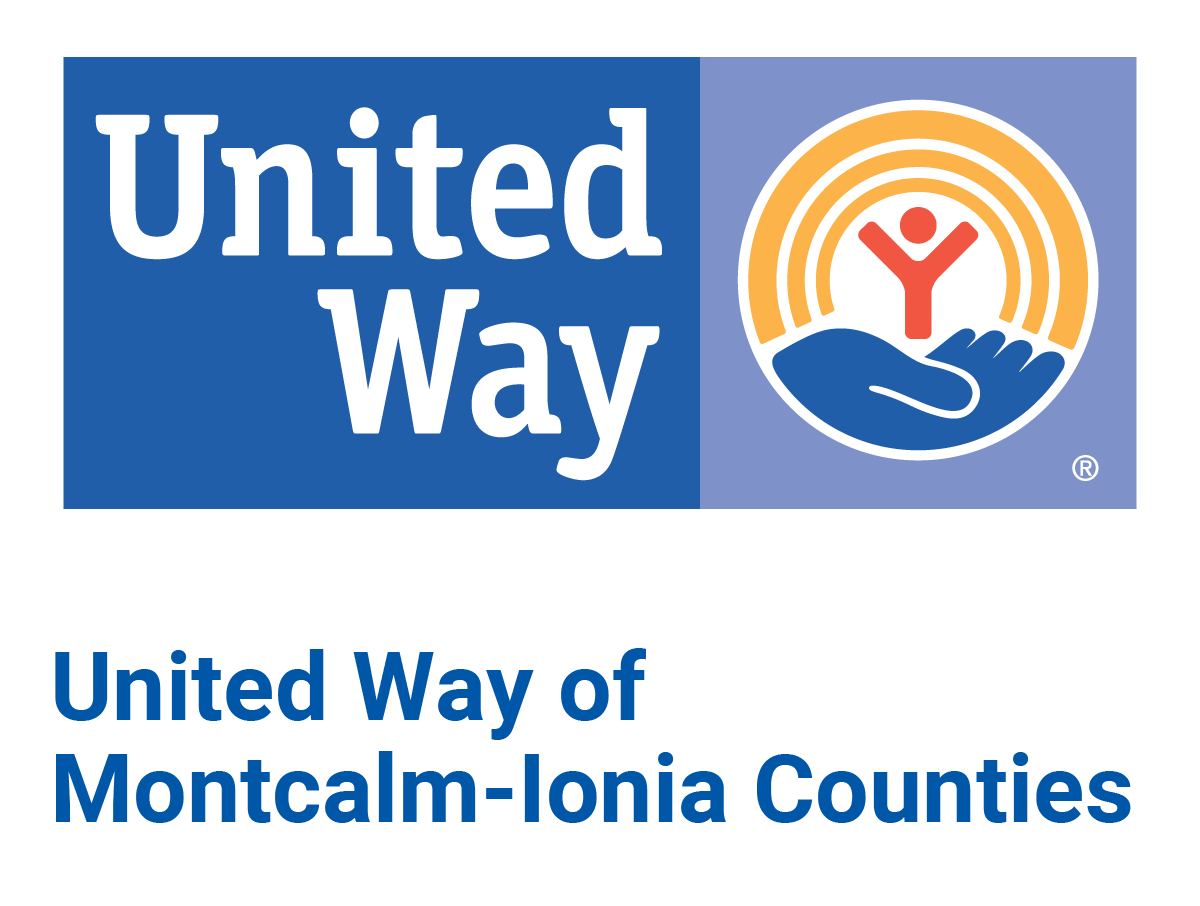Agencies working to support nonprofits
Grantwriting workshop for local organizations is April 20
By Meghan Nelson | on March 31, 2018
Paying the bills with $1,000 a month may seem like a stretch, but to be considered below the Federal Poverty Level, an individual can’t earn more than $980 a month or $11,770 per year.

Matthew Downey, nonprofit services program director for the Johnson Center for Philanthropy at Grand Valley State University, standing at the front of the room, discussed sustainable fundraiser with area nonprofit representatives on March 23. — Courtesy photo
For a family of four, the Federal Poverty Level is $2,020 a month or $24,250 annually for the entire household.
Many households with incomes above that threshold also struggle to pay their bills. The Michigan Association of United Ways (MAUW) classifies those households as Asset Limited, Income Constrained, Employed (ALICE) families.
In order to live above the ALICE threshold, jobs need to pay more than $24 per hour. However, according to Terri Legg, executive director of United Way for Montcalm and Ionia Counties, 62 percent of all Michigan jobs pay less than $20 an hour, and two-thirds of those jobs pay less than $15 an hour. Meanwhile, the cost of living has risen by 18 percent, and the average cost of childcare amounts to 24 percent of the average household budget.
“Many ALICE families make too much for government assistance but not enough to be above the ALICE threshold,” Legg explained. “Having minimum to no assets makes ALICE households more vulnerable to emergencies. This is when families are forced to turn to nonprofits to help fill in that gap.”
According to Legg, the nonprofits in Montcalm and Ionia counties are critical in helping families fill those gaps and ensuring families are financially stable, which in turn creates a stronger local economy.
The budget strains aren’t only being felt by households. The non-profit organizations helping to support ALICE families are feeling a strain too.
Legg explained many nonprofits run on a thin budget and can’t afford professional training on how to develop donors or write grants.
To address the problem, United Way of Montcalm and Ionia Counties and the Greenville Area Community Foundation (GACF) have teamed up to bring three workshops to area nonprofits, addressing areas from funding to boards of directors to grant writing.
“The workshop series was created to support local nonprofits in identifying their purpose and organizational structure, determining funding sources that make sense for their organization and applying for grant funding,” said Laura Montoye, GACF’s assistant director of development and operations.
The first workshop on Feb. 23 was facilitated by the Dorothy A Johnson Center for Philanthropy. The workshop reviewed the four-step sustainability model, with an emphasis on organization focus and people and partnerships. The goal was to assist participants in understanding how a clearly defined purpose and vision can provide the organizations with a foundation for long-term sustainability.
The second workshop on March 23, also facilitated by the Dorothy A Johnson Center, provided participants with tips and guidelines on engaging, interacting and mobilizing the community in addition to developing and sustaining successful revenue. The workshop also discussed sustainable revenue.
“The first two workshops have been a great success,” Montoye said. “The feedback from the organizations in attendance has been extremely positive. Some participants have already seen significant growth in their fundraising capabilities because they are able to clearly articulate their mission and have a strategic plan.”
The third and final workshop will be April 20 and will address grant writing. The Michigan Nonprofit Association is facilitating the workshop and will provide hands-on support for each organization to write two grant applications.
“It is our hope that providing capacity-building opportunities to local nonprofits will fill the gap that their small operating budgets are not able to bridge,” Montoye said “This is an ongoing initiative for all local nonprofits that the Greenville Area Community Foundation and United Way of Montcalm and Ionia Counties are committed to supporting going forward.”
Legg encouraged those who want to donate to a local nonprofit but are unsure of where to start to donate to United Way, since the organization vets every nonprofit and ensure donor dollars are going directly to projects that help ALICE households.
More information about United Way Montcalm and Ionia Counties is available at liveunitedm-i.org online.
More information about GACF is available at gacfmi.org online.
